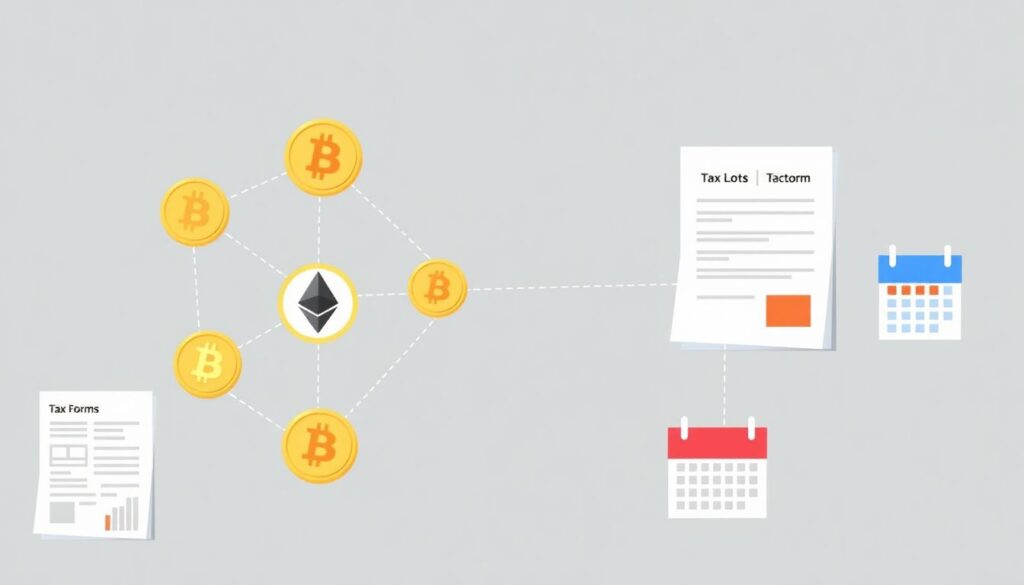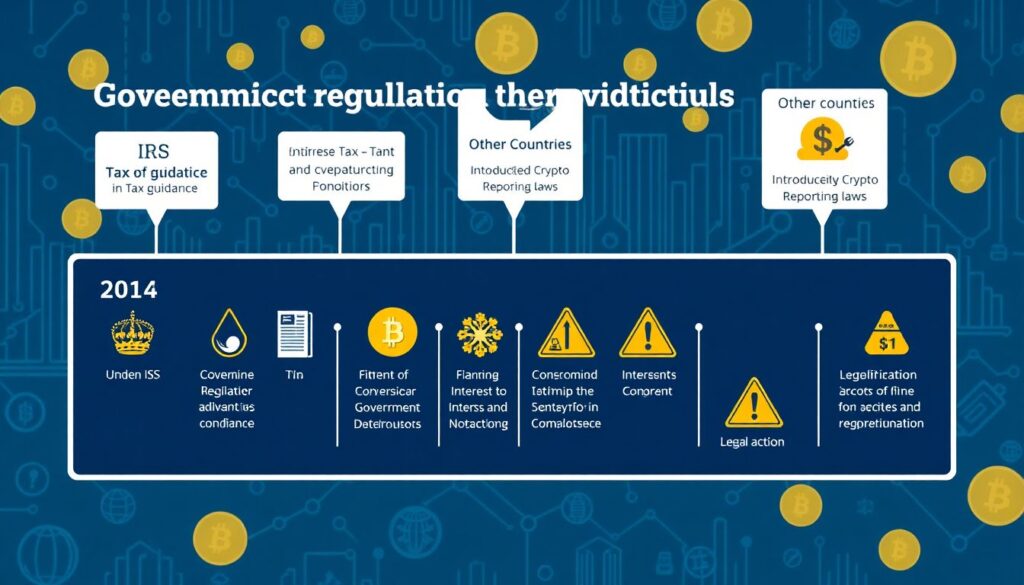Understanding Crypto Tax Lots: Why It Matters

In the world of cryptocurrency, every transaction—whether it’s a sale, trade, or conversion—can have tax implications. A tax lot refers to a record of the date, purchase price, and quantity of a crypto asset. Tracking these lots is essential for calculating capital gains or losses. Since cryptocurrencies are typically volatile and traded frequently, the tracking process becomes complex. According to Chainalysis (2023), global crypto transaction volume exceeded $20 trillion, indicating a growing need for precise tax reporting tools. Beginners often overlook lot tracking, risking misreported earnings and potential audits.
Introduction to Crypto Tax Lot Calculators
A crypto tax lot calculator is a specialized tool that helps users determine the cost basis and proceeds of each taxable event. These tools automate the matching of lots using different accounting methods. For newcomers, understanding basic terms like FIFO (First-In, First-Out), LIFO (Last-In, First-Out), and HIFO (Highest-In, First-Out) is pivotal. These methods impact how gains and losses are reported to tax authorities. For example, FIFO tends to show higher gains in a bullish market, while LIFO might reduce taxable income in the short term.
Key functions of tax lot calculators include:
– Importing historical and real-time trading data from exchanges
– Identifying tax lots based on user-selected accounting methods
– Generating tax reports compatible with local regulations
Comparing Different Cost Basis Methods
Choosing the optimal cost basis method can significantly affect your tax liability. FIFO is the most straightforward method and is accepted by nearly all tax authorities, including the IRS. It’s ideal for conservative investors but might result in higher capital gains during market upswings. LIFO, on the other hand, can minimize your immediate tax burden when prices are rising but is not allowed in some jurisdictions. HIFO, often favored by active traders, selects assets with the highest cost basis to minimize gains. However, it requires detailed tracking and is complex to implement manually.
Comparison of methods:
– FIFO: Simple and widely accepted; may lead to higher taxes in bull markets
– LIFO: Reduces tax liability short-term; not always permitted
– HIFO: Maximizes tax efficiency; complex and often requires algorithms
Economic and Regulatory Implications

As the crypto ecosystem matures, governments are placing increased scrutiny on digital assets. The IRS has updated its guidance multiple times since 2014, and other countries are enacting detailed reporting requirements. Failing to report accurate tax data can lead to fines, interest, or even legal action. From an economic perspective, proper tax lot tracking encourages compliance and fosters investor confidence. In fact, Deloitte (2022) reports that over 60% of institutional investors prioritize regulatory clarity, including taxation, before allocating capital to crypto.
Market Trends and Future Projections

The demand for crypto tax software is growing rapidly. By 2027, the global tax tech market, including crypto-specific tools, is projected to surpass $16 billion, according to Grand View Research. As decentralized finance (DeFi) and non-custodial wallets become mainstream, tax lot calculators will need to evolve. Future tools may integrate AI to identify optimal lot disposal strategies automatically, enhancing both user experience and tax efficiency. Tools supporting real-time tax impact analysis during trading are also on the rise, aligning with the trend toward tax-aware investing.
Impact on the Cryptocurrency Industry
Widespread adoption of tax lot calculators contributes to the legitimization of crypto as an asset class. These tools bridge the gap between decentralized finance and traditional regulatory frameworks, making the sector more accessible for retail investors and compliant with regulators. Moreover, as exchanges begin to offer built-in tax reporting, transparency increases across the industry. This development not only reduces the risk for individual users but also elevates institutional trust.
Benefits of broader adoption include:
– Increased investor confidence through accurate reporting
– Enhanced regulatory compliance across multiple jurisdictions
– Simplified tax season for both individuals and accountants
Beginner’s Action Plan for Using a Tax Lot Calculator
For those new to crypto tax management, the first step is selecting a reputable tax tool like Koinly, TokenTax, or CoinTracker. Next, integrate it with your wallet or exchange and choose the accounting method appropriate for your tax goals and local laws. Regularly updating and reconciling your portfolio is essential to avoid errors. Most importantly, consult with a tax advisor familiar with digital assets to ensure full compliance.
Steps to get started:
– Connect wallets and exchanges to the tax lot calculator
– Choose a tax method (FIFO, LIFO, HIFO)
– Review and export reports for tax filing purposes
In summary, mastering a crypto tax lot calculator is not just about minimizing taxes; it’s a strategic move toward responsible investing in a rapidly evolving space.

